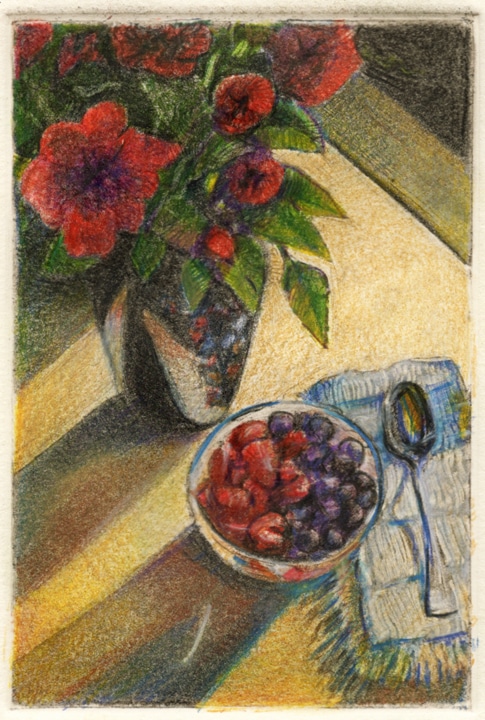
Resurrected Art
This little still life monotype ghost print was pulled from the stash I keep in a box in my studio. It’s nice to have a trove of art that’s started, but not finished, especially in the evenings when time is bracketed between dinner and bedtime. Working on art that’s already laid-out pulls the finish line a little closer to you. Drifting off to sleep knowing you just completed a little art-making is a good path, even if you started the piece thirteen years ago. 🙂
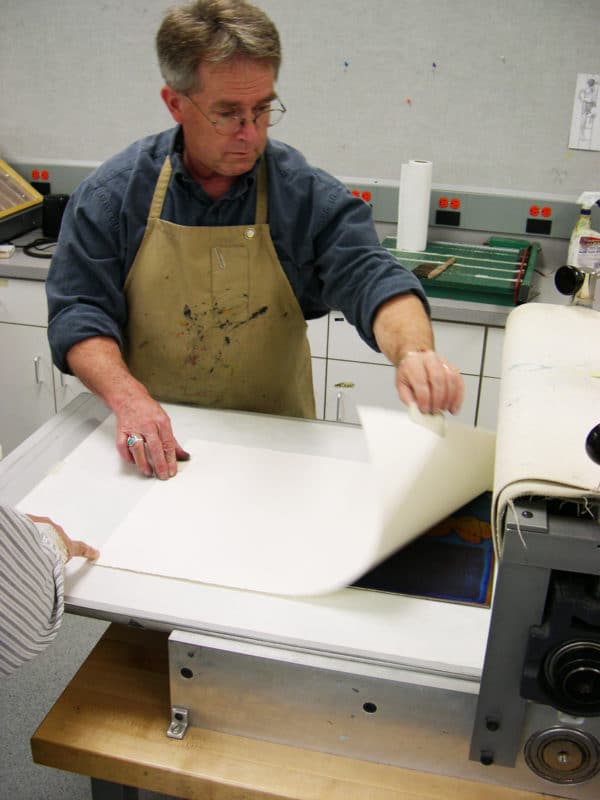
Better than Planned
I’ve been making monotypes since 2005 when I took a printmaking course to get access to the presses at a local college. My experience in the print lab was a turning point in my work, but not because I could finally get time on an etching press again. The course was taught by Master Printmaker James Lorigan (above), and his knowledge of a million ways to make a print sprouted a whole new garden in my imagination. ? I repeated the course many times, until Admissions said No More-Get Out. Each semester, with the same Intro to Printmaking curriculum, Jim revealed new variations on printing methods and materials, all within the 101 level of printmaking fundamentals. I learned new tips and tricks every time he taught relief printing, intaglio or monotype to a new classroom of students. My goal of getting time on a press turned into a mentorship with a master printmaker, and that single introduction transformed my approach to printmaking forever. #findanexpert
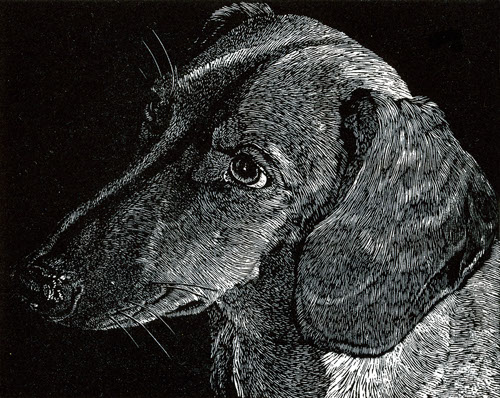
Fertilize Curiosity
I just finished listening to the amazing Alfred Molina narrate Walter Isaacson’s beautifully researched book on Leonardo da Vinci. The author’s palpable sense of awe was inspiring as he unearthed more details about the artist, and described the details of the drawings in Leonardo’s notebooks (there is a PDF of images with the audiobook so you can see the high resolution scans of each piece he refers to in the book). Isaacson also did a grand job of relaying da Vinci’s creative explorations against a backdrop of what was happening politically, historically and personally during his lifetime. The book gave me permission to be interested in everything, and it encouraged the practice of prioritizing broad swath harvesting, as long as you write it down. Notebooks seem to be a critical part of the creative process for recall, fleshing out the details, and illustrating complex ideas and concepts. I refer to my notebooks as the other half of my Brain.
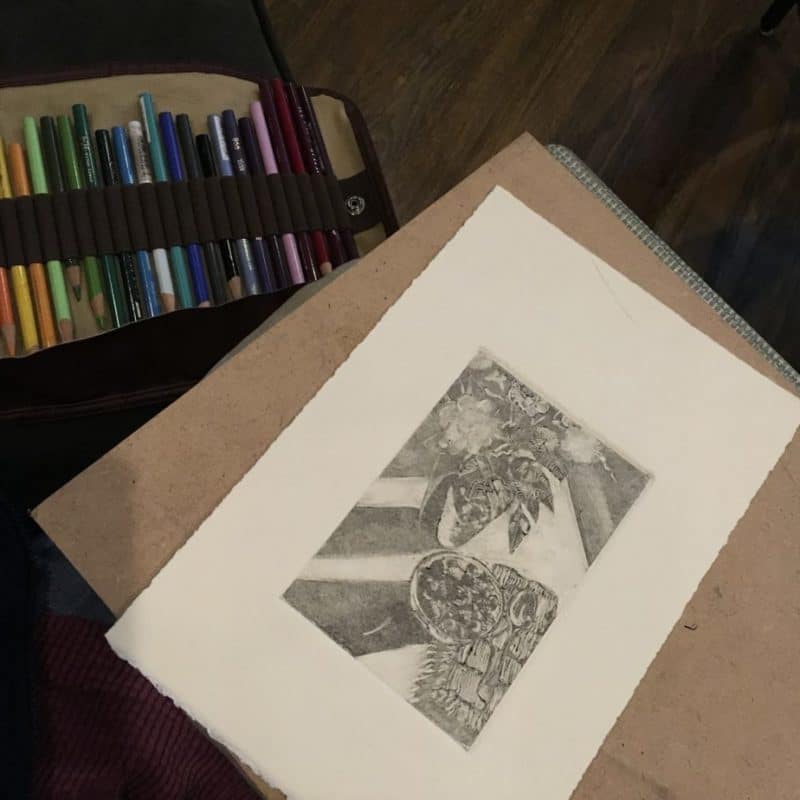
Cast a Wider Net
It’s easy to feel pressured to FOCUS, and bear down hard on that one thing you’re supposed to learn to do well. It’s part of our culture to master a thing, and then use your hard-earned skills to produce at least a handful of tangible, finished, mega-things. Science is contradicting this approach, and encouraging a more polymath endeavor. Our friend Leonardo left a lot unfinished, because he was obsessively interested in math, science, art, fluid dynamics, the solar system, physics, anatomy and light. There are only so many hours in a day. Watch the author touch on this fact briefly in this video about the encyclopedic evidence of profound curiosity in da Vinci’s notebooks. Make the most of each day, folks.
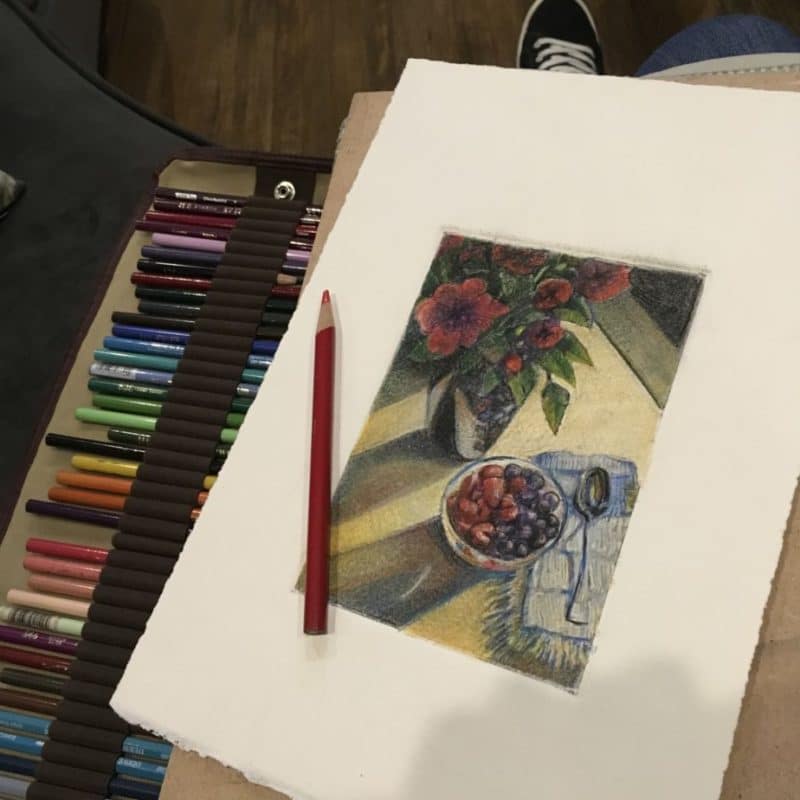
Using Art to make Things Stick
Think about seven thousand pages of da Vinci’s notebooks, filled with his broad, multi-disciplined forays into deep study and contemplation of everything from earth’s geology to the lens of the human eye. The man was perpetually interested, but not by our standards with the sources of google search, social media, libraries, television, or bad network news. He was a deep diver in the endless well of his own curiosity, prolific in observing, thinking, writing and drawing, and expert at remembering things he pondered by sketching details in his notebooks. He was a master at staying interested. That’s not so hard, right? We can do that too.
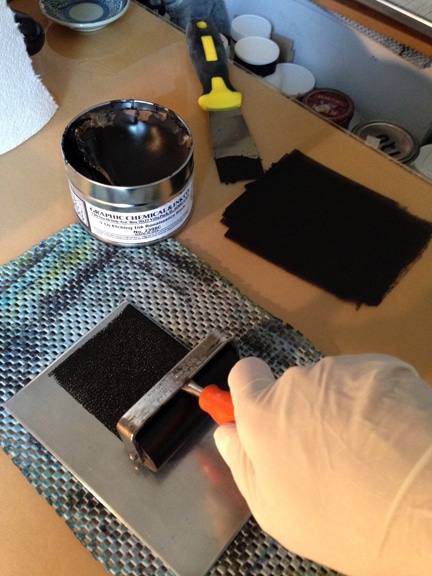
Learning for Learning’s Sake
In the same vein as the unplanned benefit of a master printmaker administrating the presses I so wanted to get near, and Leonardo’s deep, illustrated foray into art, math and sciences, this post by Austen Kleon is about learning for learning’s sake, and taking the value-meter off creative exploration. It’s a brief but potent little post. If you’re wondering what would be the point of developing your art skills if you don’t “do something” with them, (like selling your work) Austen’s words are excellent consideration fodder to uphold the notion of art for art-making’s sake.
The lives of great thinkers teach us that learning is the verb of life. The trick to lifelong learning is to exercise your curiosity as much as you can and to let it guide you where it wants to go. To pay attention to what you pay attention to. ~ Austen Kleon
Next up in my audiobook plan: The Beekeeper’s Lament What’s your next plan in your book rotation, art-making exploration or interest-propagation?
And speaking of books, do you keep an idea notebook? And if so, do you use lined/ruled pages, or blank? Digital or paper?
Thanks for stopping by, and I’ll see you in the next post –
Belinda
P.S. You can subscribe to get each post via email here.

Art Quote
Concentrate all your thoughts upon the work at hand. The sun’s rays do not burn until brought to a focus.
~ Alexander Graham Bell
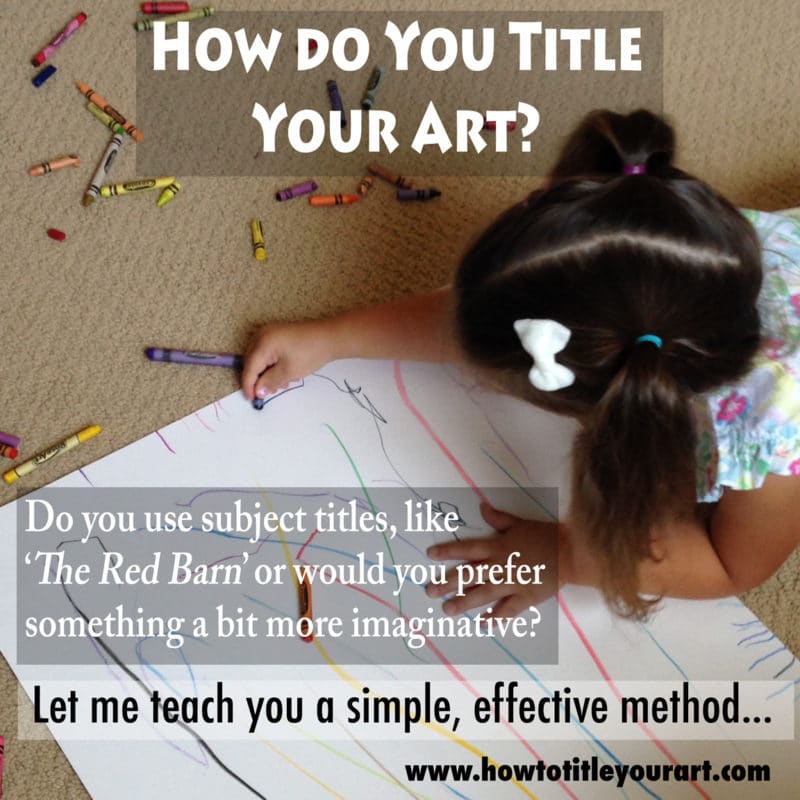

I love my digital tools, but if I had to chose between the two, analog wins.
I have been bullet journaling for a month now, and it’s been a big help in keeping me organized/on track. Two weeks ago, I wrote a blog post about it: http://www.kenswinson.com/site/2-weeks-of-bullet-journaling/
The system works really well for the way I work/think.
Hi Ken, That’s excellent – thank you for taking the time to write about it, and for sharing the link! I’m off to refill my coffee cup and give it a read! 🙂
Even though I’ve taken a break from artmaking this year, I still look forward to reading the blogs from those artists I’ve kept on my online subscription list (yours included!). I still foresee doing some onsite sketching from time to time, so I’ve not given up entirely, and therefore rely on these blogs to keep the embers alive. Meanwhile the music muse has reached out to me at this old age and rekindled what had been my first love…piano….Just curious to see how much of that skill I can recapture and propel to a more satisfactory level. As for audiobooks, I see we are on a similar theme: I’m listening to “The Secret Life of Bees”…..Seems everyone I know has read the book years ago, so it was time to get on board! May the Force “bee” with you!!
Hi Gayle! I’m so glad to read that you’re tickling the ivories and diving into music again! What a worthy and satisfying deep-dive! And yes, the bees! I’ve just finished (& loved) The Beekeeper’s Lament, and I added the Secret Life to my Goodreads fiction list so I’ll get to that one too! Happy Summer to you!
I greatly miss my printmaking classes and long for access to a press. Your blog has inspired me to investigate our local community college offerings. Thank you for your wonderful blog posts. They are the highlight of my week, and I share your posts with my senior center art classes, too. Cheers, Belinda!
Hi Mary Liz – I can relate to your missing printmaking classes! I hope you find a print lab in a campus not too far away so you can get back to it! And thanks for the kind words and the sharing!
forgot to thank you for your wonderful blog: thank you!
Thank YOU Ken. I’ve so enjoyed your instagram stories from the studio! It’s very inspiring, and I hope those amazing visuals grow your following and your patron base!
hi Belinda, I consider myself to be a lifetime learner and l love (and can relate to) both you and DaVinci’s work.
I am a longtime digital note taker, but recently switched to pen and paper to keep everything together using the bullet journal technique. paper has proven to be much better.
Hi Ken, Thanks for keeping me in such fine company! 🙂 I remember when I first started following you, your digital sketches of street scenes made on a tablet for printmaking inspired me to no end! Technology sure helps streamline our studio practices. I’m grateful for the option to stay analog on the pencil-to-paper approach with note taking for sure. I’ve never used bullet journaling, so how do you like it?
I could make all the comments! We’ll start with notebooks. I’m listening to a series of podcasts, “The History of Philosophy without any Gaps.” I went back to the first in the series (after accidentally starting somewhere in the middle) and wrote down three separate ideas that should be art. Need to find a dedicated notebook for this listening. (The world as a disc floating in water under the Dome of Heaven! Make that!)
Hey Kirsten, Thanks for the tip on the podcast! I bet it’s loaded with visual leaping-off points! It sure elevates appreciation for large multi-figure sculpture and oil paintings in old European churches – when everything was copied from life, and the scenes were imagined directly from mythology, scripture, folktales, and legends. Have so much fun!
Hello again Kirsten! Thanks so much for your beautiful postcard! It was singing in the mailbox next to the boring old grumbly bills. Such a pleasure! That was so kind of you! 🙂